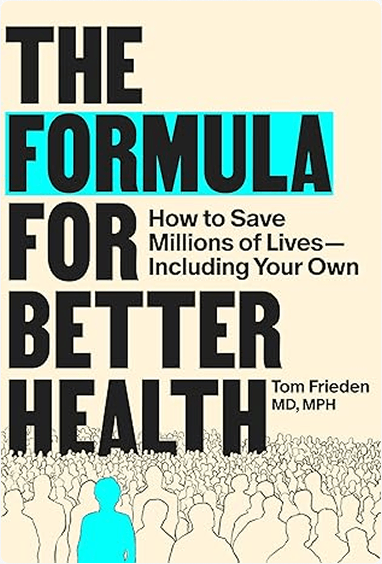

Dr. Tom Frieden is a physician specializing in internal medicine, infectious diseases, public health, and epidemiology. He led New York City’s control of multidrug-resistant tuberculosis and other health threats, directed the CDC during the Ebola epidemic, and helped start Mayor Michael Bloomberg’s global health philanthropy, particularly the Bloomberg Initiative to Reduce Tobacco Use, which has helped countries implement measures that will prevent more than 35 million deaths. His work has appeared in medical journals including The New England Journal of Medicine, JAMA, and The Lancet as well as media outlets including the New York Times, Washington Post, and The Wall Street Journal.
Dr. Frieden is the founder and CEO of Resolve to Save Lives, a global health organization that accelerates action against the world’s deadliest health threats. The organization has partnered with countries around the world to support implementation of programs that have prevented more than 9 million deaths. Dr. Frieden’s forthcoming book, The Formula Better Health: How to Save Millions of Lives—Including Your Own (MIT Press, September 2025), distills four decades of public health leadership into a clear, actionable framework to extend healthy lives.

Stay informed with the latest from Dr. Tom Frieden